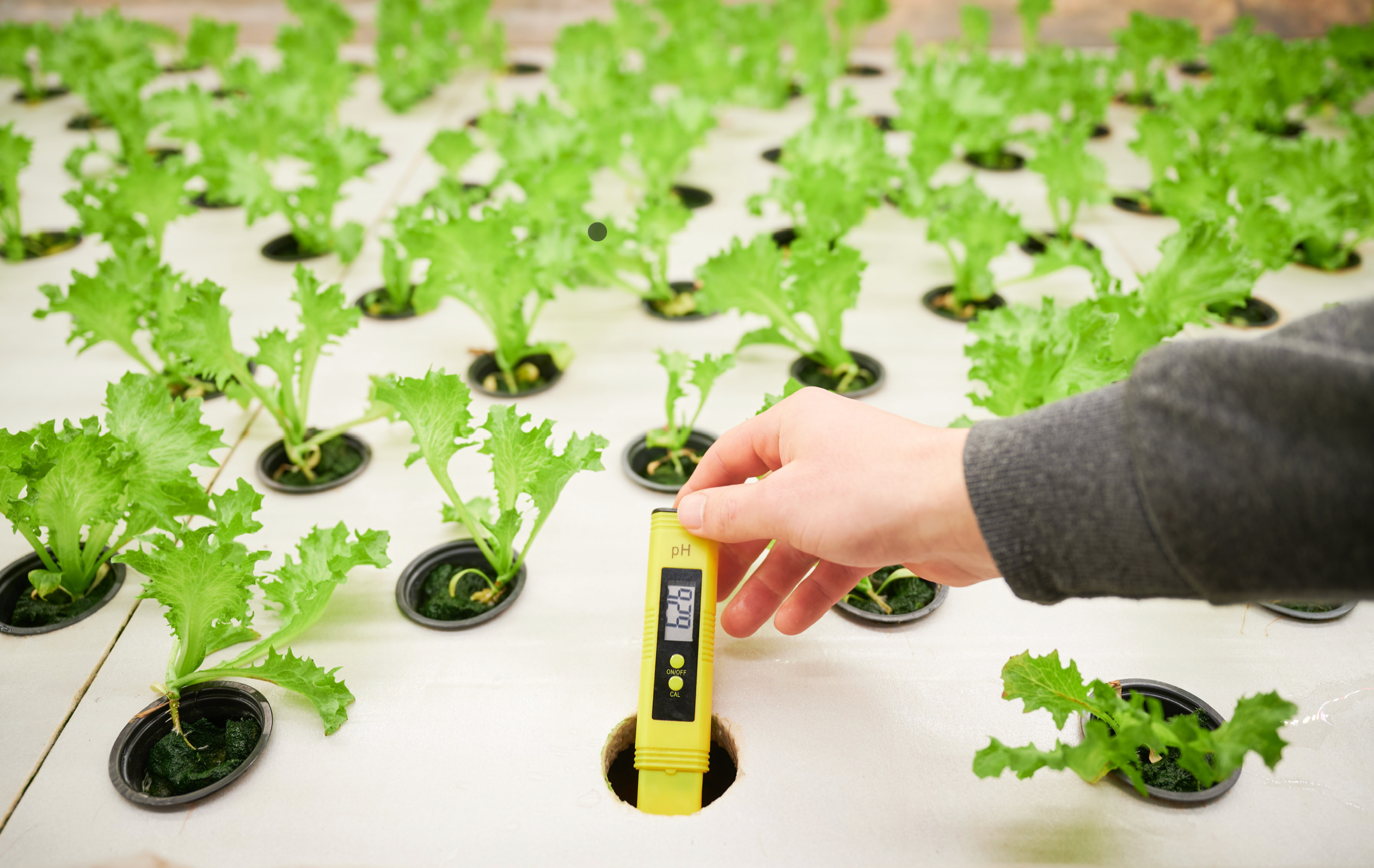What is Integrated Pest Management? - Part 2: Biological Pest Control

What is Integrated Pest Management? Part 2 - Examples of Biological Pest Control
Integrated pest management (IPM) in agriculture is an easy way to keep your garden or grow room naturally free from pests. One key premise of IPM is having beneficial bugs (predators) eat the bad bugs (pests), also know as biological pest control.
Examples biological pest control include things you’re probably already familiar with. Almost everyone knows that ladybugs eat aphids. Spiders come in all shapes and sizes and are the most amazing predators - they eat anything they can catch. Praying mantises will eat all kinds of pests, large and small. There are many more predators that specialize in almost every kind of pest. Some predators are tiny (like beneficial mites), and some fly (like pirate bugs and parasitic wasps). Sometimes the hungriest predators are the larval (baby) stage of the predators, so if you’re using IPM be sure to know how to identify the beneficial insects in all their stages.

Here are some hints for successfully using biological pest control in agriculture.
Have predators waiting before you get pests
Don’t wait until you get pests to buy beneficial insects. Predators work best when they are not overwhelmed with prey. Buy just a small number of ladybugs, beneficial mites, or another all around predator insect, or capture some from outside (like spiders) and put them in the grow room. You don’t need too many, especially if you haven’t seen any insect damage on your plants.
Protect your predators - Do not spray!
Predators can be more fragile than prey. If you spray your plants with any kind of pesticide or insecticidal soap, it will kill ALMOST all of the pests. It never kills all of them. But it will kill ALL of your beneficials. And the pests that are left will be somewhat resistant to the poison. They will come back stronger and faster than before, and there will be no predators left to eat them.
Buy predators at the first sign of pests
Don’t wait until you are overwhelmed with pests. No predators will be effective if there are too many pests.
Be patient
Biological pest control is an organic system. Things don’t happen immediately. If you have pest insects and then you release predators, it takes the predators a few days to get to work. If you panic and start spraying, you are killing the predators and your system will never work. You can help things along by cutting off infested leaves (put them carefully in a plastic bag and tie the bag shut), and removing pests you can see (like aphids and caterpillars). Don’t just brush them off the plants. They will creep back on.
Buying and releasing predators:
Some beneficial insects like ladybugs and praying mantises are available at garden supply stores. More specialized beneficials can be ordered through the mail and should be shipped overnight. Release them as soon as possible after receiving them. They should come with release instructions. With hydroponics it is important not to let the predators fall into the water! Sprinkle them carefully on leaves or growing medium, not near the water. Ladybugs will really appreciate a drink of water when they are released; give them shallow amounts or they go directly to deep water and drown.
And finally…if spiders are the best predators, where can you buy them?
Haha! I always thought it would be a good idea to buy a big container of spiders. No one sells them! I guess it would be way too creepy to open up a bag of spiders. Luckily they are pretty much everywhere and will find their way into most spaces. Don’t kill spiders!
For more great content check out the Proponics YouTube channel below!





